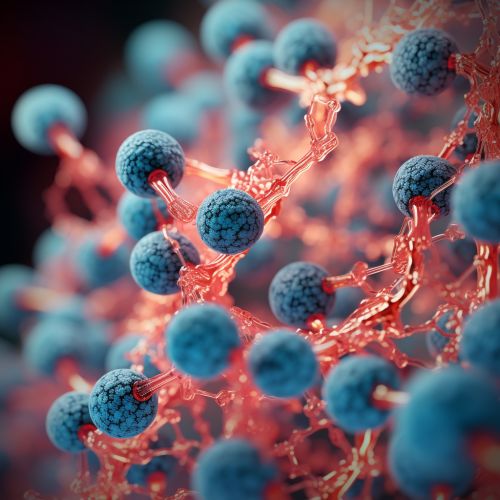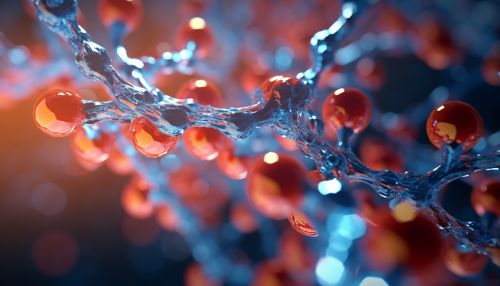Enzyme Kinetics
Introduction
Enzyme kinetics is the study of the chemical reactions that are catalyzed by enzymes. In enzyme kinetics, the reaction rate is measured and the effects of varying the conditions of the reaction are investigated. Studying an enzyme's kinetics in this way can reveal the catalytic mechanism of this enzyme, its role in metabolism, how its activity is controlled, and how a drug or an agonist might inhibit the enzyme.
Enzymes and Catalysts
Enzymes are molecules that manipulate other molecules — the enzymes' substrates. These target molecules bind to an enzyme's active site and are transformed into products through a series of steps known as the enzymatic catalytic cycle. Catalysts are substances that increase the rate of a reaction by reducing the activation energy, but are left unchanged by the reaction. Enzymes are catalysts that are highly specific for their substrates and speed up only a few reactions from among many possibilities.
Michaelis-Menten Kinetics
The model of enzyme kinetics most commonly referred to is the Michaelis-Menten model. This model was developed by Leonor Michaelis and Maud Menten in 1913. The model assumes that the enzyme-substrate complex is in a steady state or quasi-steady state. It also assumes that the concentration of substrate [S] is much greater than that of the enzyme [E]. The Michaelis-Menten model produces an equation, the Michaelis-Menten equation, which describes the rate of enzymatic reactions.
Enzyme Inhibition
Inhibition of enzyme activity is an important mode of regulation within the cell. Inhibitors can act competitively, noncompetitively, uncompetitively, or in a mixed fashion. A competitive inhibitor and substrate cannot bind to the enzyme at the same time. Often competitive inhibitors strongly resemble the real substrate of the enzyme. Noncompetitive inhibitors do not compete with the substrate for the enzyme's active site; instead, they interact with the enzyme in a way that prevents substrate binding. Uncompetitive inhibition occurs when an inhibitor binds only to the enzyme-substrate complex, not to the enzyme alone, and mixed inhibition is a blend of the others, where the inhibitor can bind to the enzyme at the same time as the enzyme's substrate, but has a different effect if it binds to the enzyme alone.
Enzyme Activity
Enzyme activity is affected by various factors, including substrate concentration and the presence of inhibiting molecules. The rate of an enzyme-catalysed reaction increases linearly with substrate concentration at first, but it soon levels off to a constant rate of reaction, the maximum velocity (Vmax). The substrate concentration at which the reaction rate is half of the Vmax is known as the Michaelis constant (Km). The Km is numerically equal to the substrate concentration at which the half maximum reaction velocity is achieved.
Enzyme Regulation
Enzymes can be regulated in ways that either promote or reduce their activity. There are many kinds of molecules that inhibit or promote enzyme function, and various mechanisms by which they do so. In some cases of enzyme inhibition, for example, an inhibitor molecule is similar enough to a substrate that it can bind to the active site and simply block the substrate from binding. When this happens, the enzyme is inhibited through competitive inhibition, because an inhibitor molecule competes with a substrate molecule for active site binding.
See Also


